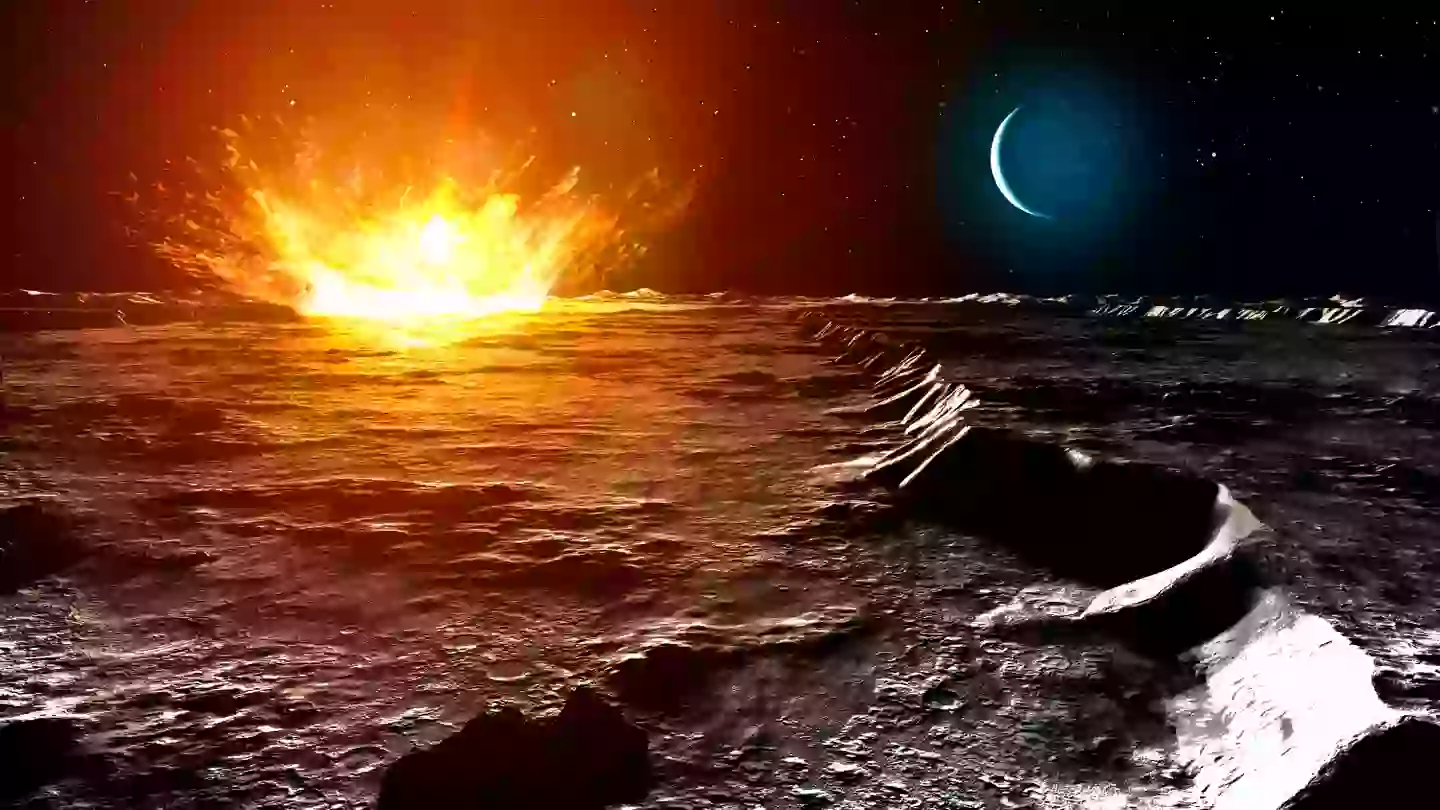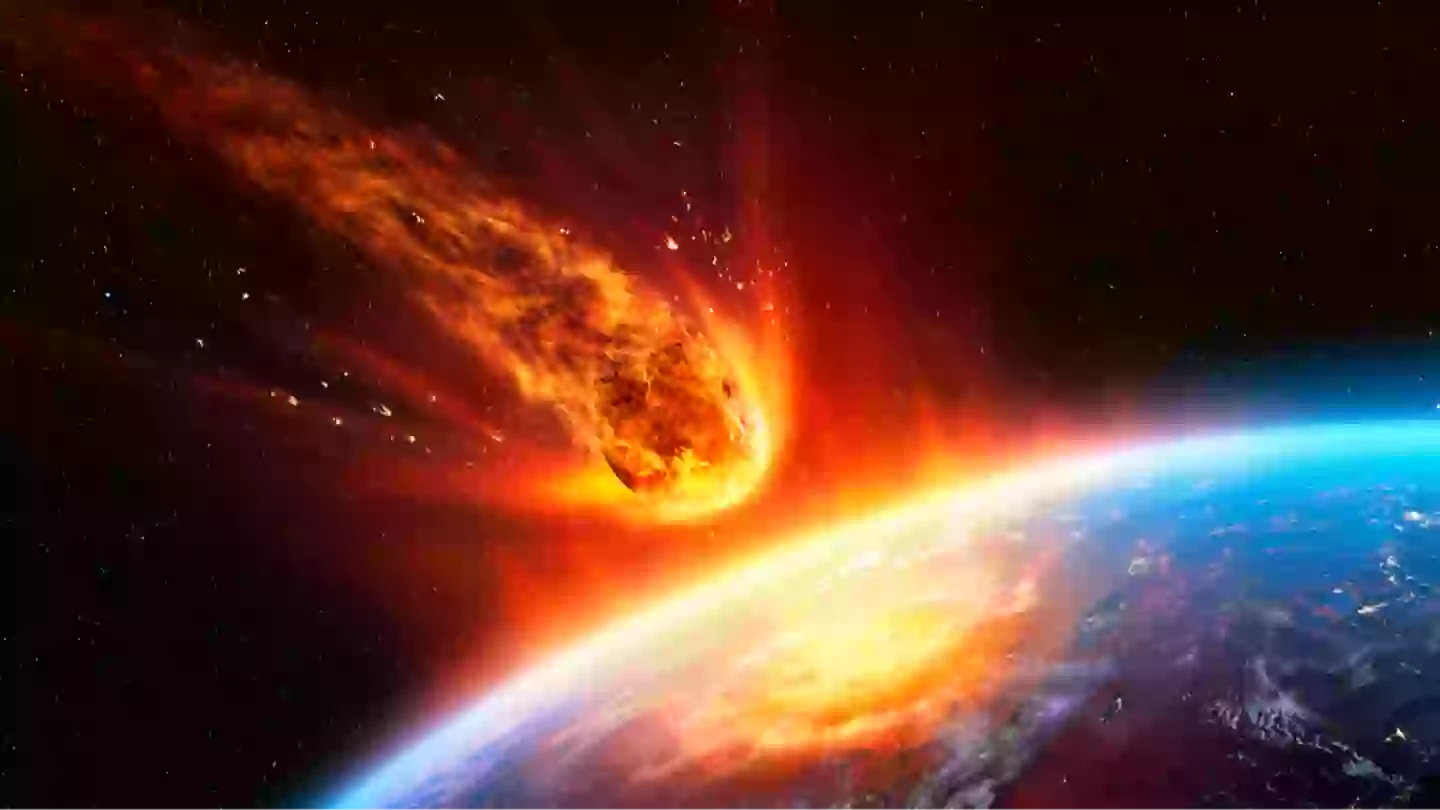Concerns about an asteroid colliding with Earth have significantly diminished, although experts caution that it could still present a significant hazard.
Earlier this year, worries were mounting about asteroid 2024 YR4 and its potential impact on our planet.
Initially labeled as ‘city destroying,’ this asteroid was discovered by NASA in late 2024, and the agency has been closely monitoring its path since then.
While the chances of it actually hitting Earth were always minimal—less than 5%—recent updates from NASA have reduced those odds dramatically to just 0.004% as of February 2025.
The agency shared in a statement: “As observations of the asteroid continued to be submitted to the Minor Planet Center, experts at NASA Jet Propulsion Laboratory’s (JPL’s) Center for Near-Earth Object Studies were able to calculate more precise models of the asteroid’s trajectory and now have updated its impact probability on Dec. 22, 2032 to only 0.004% and found there is no significant potential for this asteroid to impact our planet for the next century.”

However, this does not entirely eliminate all risks associated with this asteroid.
Experts warn there remains a 4.3 percent chance that the 60-meter asteroid could collide with the moon in late 2032, potentially sending debris towards Earth and disrupting satellites in orbit.
Dr. Paul Wiegert, a researcher at the University of Western Ontario, ran simulations on this scenario and explained why it could pose a significant issue.
In an interview with New Scientist, he stated: “We were a little bit surprised at the possibility of there being a substantial amount of material at the Earth.
“Intuitively, the Earth is actually quite a small target when seen from the moon, and so your intuition is that not very much material would actually hit the Earth, but it turns out that the Earth’s gravity can focus that material under certain conditions.”

Wiegert and his research team concluded that such an impact could create a crater on the moon up to a kilometer wide, marking the largest lunar impact in at least 5000 years.
Despite its remarkable size, this crater is relatively small compared to typical lunar craters.
Nevertheless, the collision would release a significant amount of debris into space, potentially causing damage to satellites equivalent to decades of wear in just a few days.
If this event occurs, it could disrupt telecommunications satellite services worldwide, making internet access problematic during that period.

